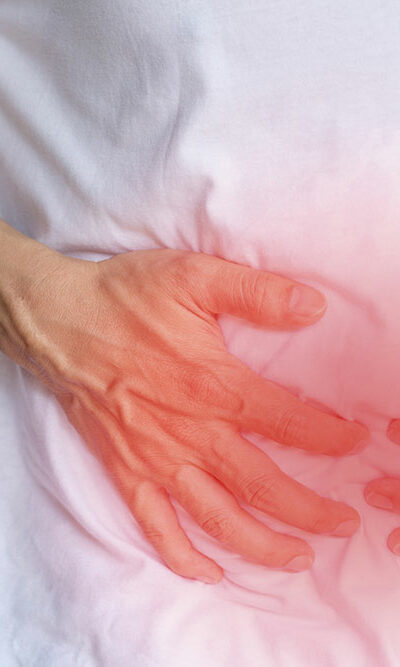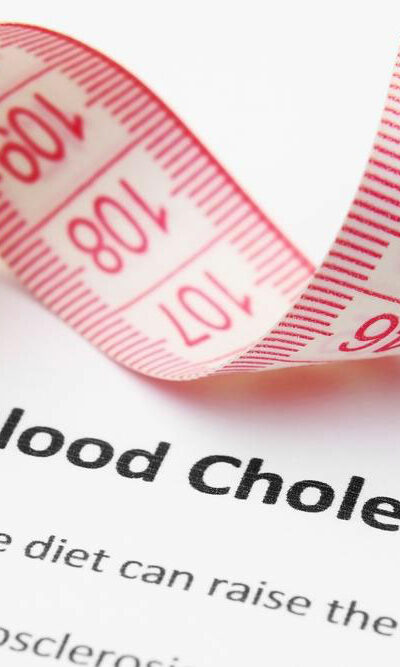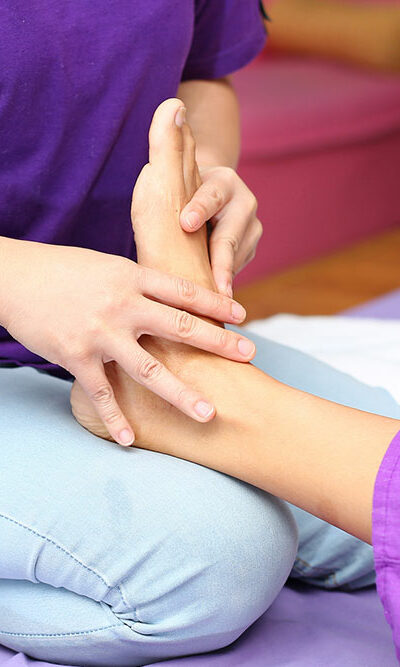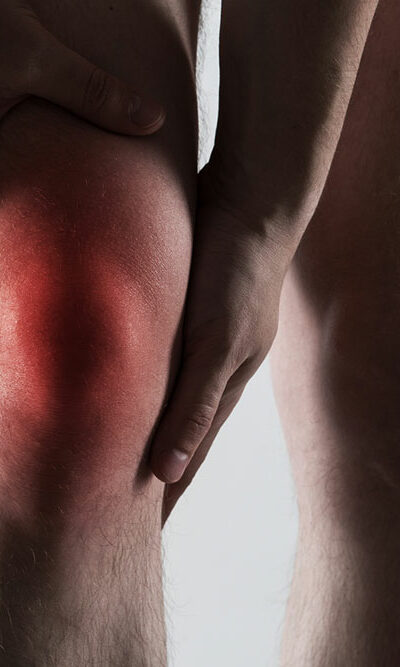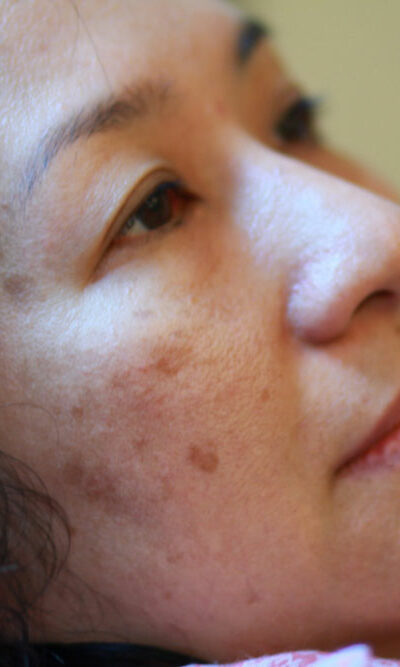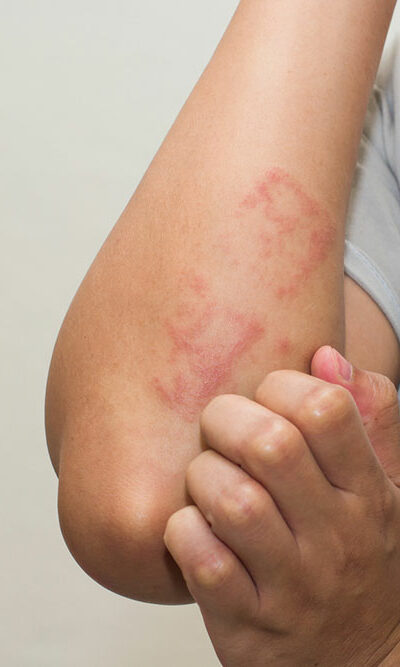
All You Need to Know About IBS-D
Irritable Bowel Syndrome or IBS is a common condition associated with the large intestine of our body. It affects around 25-45 million Americans. People in their late teens to the early 40s are likely to get affected by this condition. A person with IBS often experiences a mix of belly discomfort or pain along with trouble in bowel habits. Some other symptoms are cramping, bloating, mucus formation in the stool, and gas. Although it isn’t a life-threatening disease, it requires long-term management, a healthy lifestyle, and proper treatment to get rid of IBS. Mostly, healthcare professionals categorize IBS into three categories which are as follows: IBS-D where diarrhea is the predominant symptom IBS-C where constipation is the predominant symptom IBS-M where predominant symptoms can be a mix of diarrhea and constipation Factors that lead to IBS-D Though the precise causes of IBS-D are still unknown, let’s have a look at some of the factors that play a vital role in the development of this condition: Intestinal muscle contractions The intestinal walls have muscle linings that allow food to pass through the digestive tract through its contraction and relaxation movements. If the intestinal contractions are stronger than the average levels, it can lead to the formation of gas, bloating, and even diarrhea. At the same time, if the muscle contractions are weaker than usual, food passes slowly through the digestive tract, which can lead to the formation of hard and dry stool. Nervous system Abnormalities in the nerves in your digestive system can cause your body to overreact to changes. Thus, it could result in discomfort, pain, or even diarrhea and constipation. Intestinal inflammation Some people with IBS-D develops an increased number of immune-system cells in the intestinal walls which leads to inflammation of these walls. This condition plays a role in the formation of more serious digestive abnormalities including diarrhea and constipation.
